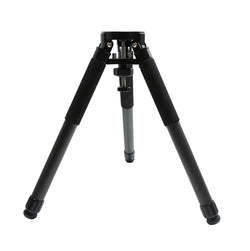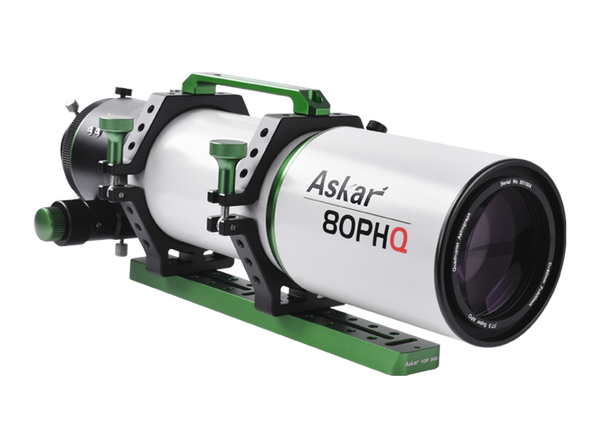

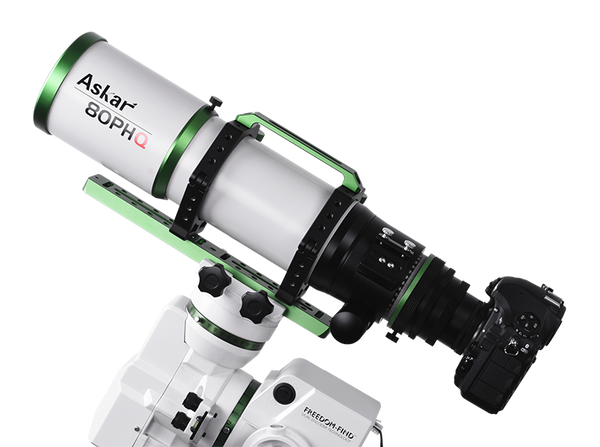





Products in the Same Family
Why Purchase from All-Star Telescope?
Free Expert Support
Whether you are a first timer needing help with setting up or an enthusiast that can't quite make that one thing work, our expert staff are ready to support your needs. With decades of knowledge and first hand experience we've been there and we can help you through it!
Stress Free, Secure Transactions
You can trust purchasing and delivery with All-Star Telescope. All of our transactions are 100% secure and Level 1 PCI DSS compliant thanks to Shopify's ShopPay platform. For additional protection, we insure 100% of the value of every shipment we make. If it get's lost during shipment, we replace it. If it gets damaged during shipment, we repalce it. We make sure your product arrives exactly as you would expect it to; we promise.
We also ensure privacy protection. We never keep any of your credit card information on file and any of your personal data is stored accordign to our policies.
30 Day Return Policy
Buy with confidence knowing that we accept returns up to 30 days after purchase. We want you to have something you will actually use and we are confident that we keep good quality products in our store with No Junk.
Price Match Promise
Shipping around for the best price is tough, we make it easier by offering the best pricing in the market. But if you find a better price on an in-store item somewhere else we will match it!
Recommended Accessories

ZWO ASI294MC Pro USB3.0 Cooled Colour Astr...
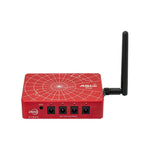
ZWO ASIAIR PLUS (ZWO-ASIAIR-PLUS)
You may have heard of the ASIAir, but if you haven't, it's a groundbreaking device that drastically simplifies astrophotography. This will allow y...

ZWO ASIAIR PLUS (ZWO-ASIAIR-PLUS)

ZWO EAF 5V Electronic Automatic Focuser (Z...
The ZWO electronic auto focuser (EAF) is sure to improve your astrophotography sessions with pin-point stars. It's a great little package that can ...

ZWO EAF 5V Electronic Automatic Focuser (ZWO-EAF-5V)

ZWO 30mm f4 Mini Guide Scope (ZWO-30F4)
This is a great, lightweight guide scope. Compatible with any ZWO planetary or guide camera and capable of vastly improving your astrophotography m...

ZWO 30mm f4 Mini Guide Scope (ZWO-30F4)

ZWO ASI220MM Mini Mono Guiding Camera (ASI...
This is a great guiding camera in a small, lightweight package. This will integrate seamlessly with the ASIAir, and will improve the performance of...
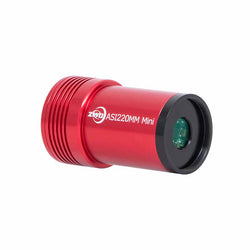
ZWO ASI220MM Mini Mono Guiding Camera (ASI220MINI)
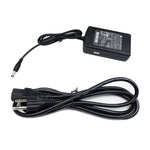
ZWO AC to DC Adapter - US standard (ZWO-DC...
Keeping a clean 5 amps for your astronomy accessories will keep things running smoothly. These use standard 5.5x2.1 plugs and work with ZWO accesso...
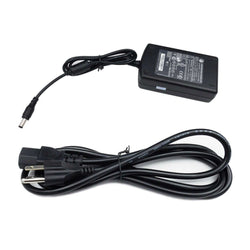
ZWO AC to DC Adapter - US standard (ZWO-DC12V5A-US)
Product Description
Askar introduces the brand-new 80PHQ refractive astrograph. And it’s the second long-focal-ratio astrograph from the PHQ- family.
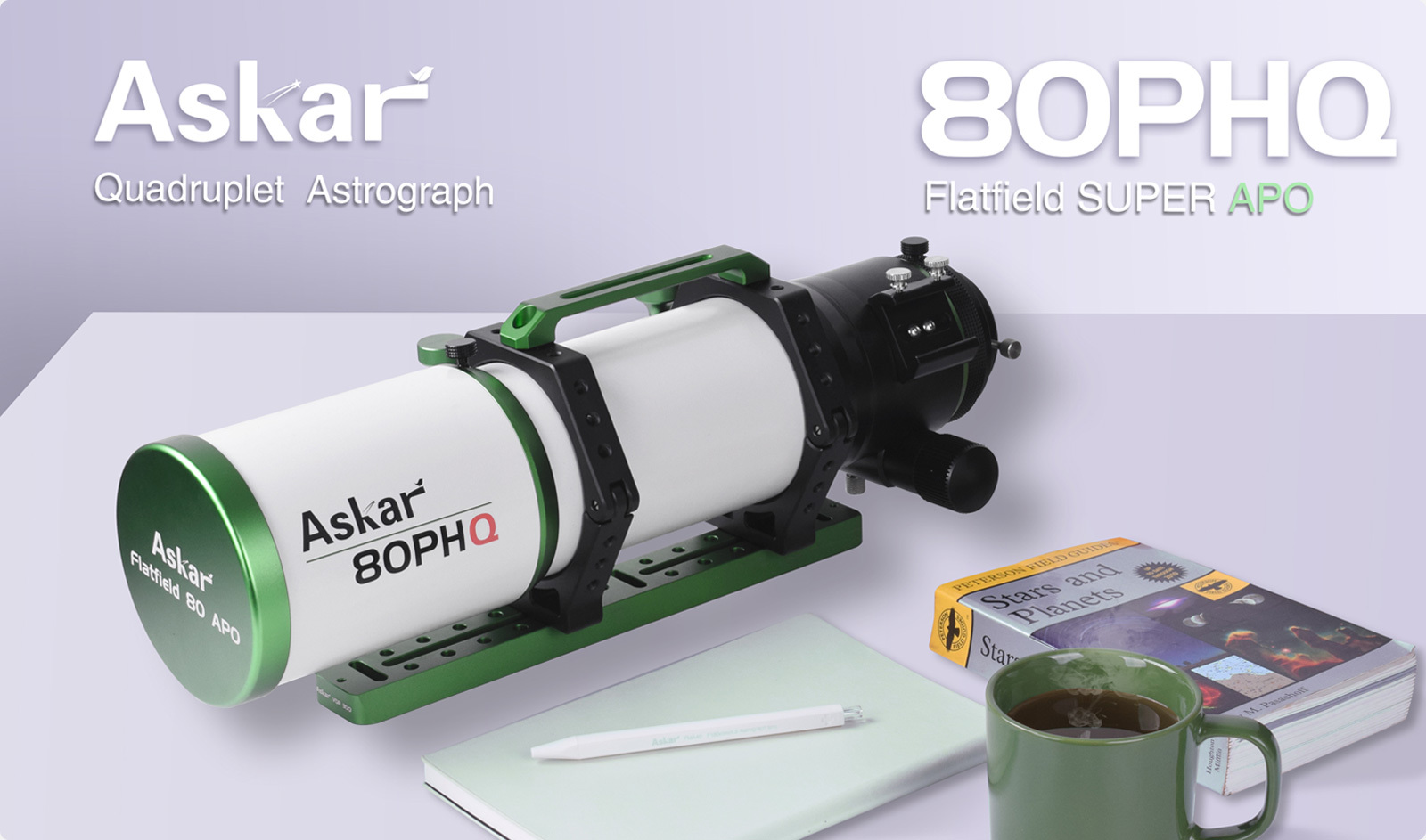
The overall finish of 80PHQ is evenly painted. The ivory and flawless coating of the main tube feels comfortably pimply, which can not only increase your grip, preventing the telescope from slipping off from your sweaty hands, but also improve its texture, avoiding the tedious monotony. A pair of clamshell-style CNC-manufactured black tube rings tightly hold the OTA. So you can just turn two locking screws to loosen or tighten the tube rings simplifying the setup by avoiding the frequent use of small tools like Allen wrenches or socket head screws. The bright green dust cap, handle, locking screws, focusing knob and decorative rings add more energy and vitality to the otherwise deep and profound astrograph. White and green is the classic combination for PHQ series. There is a 3" rack-and-pinion rigorous focuser on the rear end of the telescope. It’s a smooth focusing unit with dual-speed adjustment. 80PHQ’s rotator is marked with precise graduation which makes your previous subjective adjustment more accurate.
80PHQ inherits the optical design of the PHQ- family, adopting a 3+1 quadruplet lens structure which contains two pieces of ED glass that can effectively reduce chromatic aberration and enhance clarity and sharpness. It’s worth mentioning that all astrographs from PHQ- family come with an integrated lens combination rather than simply placing three major lenses and a corrector together in a line. In another word, the whole optical system cannot solely perform without any piece of these lenses. This structure design leads to a more rational lens arrangement, better vignette control and superior image quality. The focal ratio of 80PHQ is f/7.5. It’s a “long” focal-ratio astrograph compared with other counterparts from Askar. It’s a little bit longer even compared with 107PHQ which is f/7 in focal ratio.
Some users may be frustrated that it’s hard to make a trade-off between 107PHQ and 80PHQ, since there seems to be so much in common. And especially for those who are new to astrophotography, the complicated designations and confusing numbers are really a major obstacle when they hopefully try to pick out just the proper one from oceans of dazzling products.
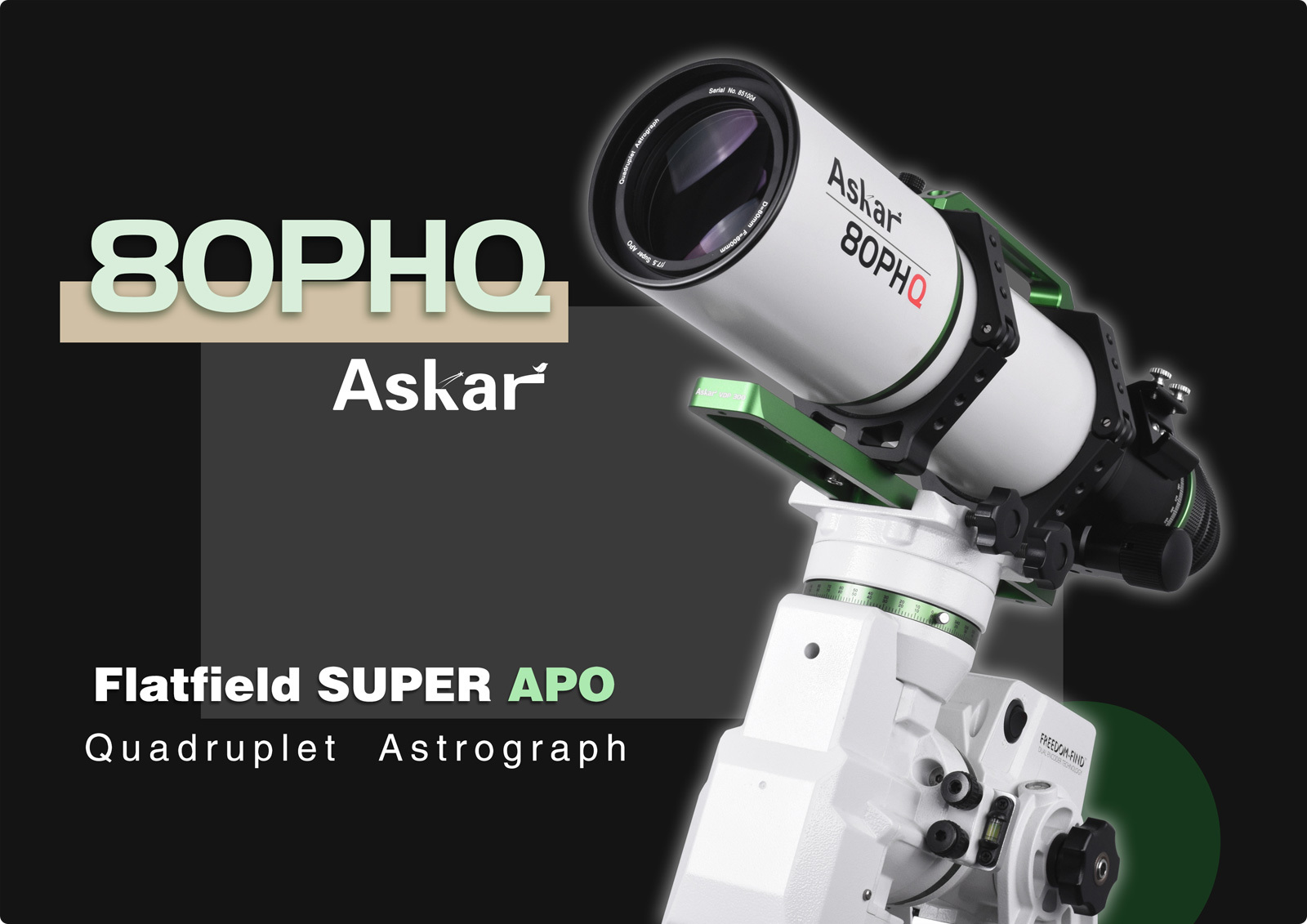
Indeed, 170PHQ and 80PHQ are similar in many aspects partially because they are both the newly-developed refractive astrographs from the same family. However even if they all have excellent mechanical design and sophisticated optical system, there are noticeable differences between these two.
At the first glance, Askar 80PHQ is much more compact. 107PHQ is 603mm in length and weighs 5.7kg whereas 80PHQ is 448mm in length and weighs 4.7kg. So if your equatorial mount is not capable of holding heavy telescopes, or if you are quite tired of carrying a bulky long focal-ratio telescope travelling all around, then 80PHQ may be a great option.
Like 107PHQ, you don't need to calculate the back focus distance within the connection limit. Besides, users don't need to add an extra 1× flattener due to its powerful flatfield optical design, which simplifies the operation.
What can I see with a Askar 80PHQ Quadruplet Refractive Astrograph (80PHQ)?
Here are some simulated views of common objects. Results with your telescope will vary with viewing conditions, obrits, equipment and more.
Jupiter with
25mm Eyepiece - 24x Magnification
(Sold Separately)
Jupiter with
10mm Eyepiece - 60x Magnification
Sold Separately
Jupiter with
5mm Eyepiece - 120x Magnification
Sold Separately
Moon with 25mm Eyepiece
24x Magnification
(Sold Separately)
Moon with 10mm Eyepiece
60x Magnification
Sold Separately
Moon with 5mm Eyepiece
120x Magnification
Sold Separately
Andromeda with 36mm Eyepiece
17x Magnification
Sold Separately
Andromeda with 25mm Eyepiece
24x Magnification
(Sold Separately)
Andromeda with 10mm Eyepiece
60x Magnification
Sold Separately
What's in the Box
Specifications
| Aperture | 80mm |
| Focal Length | 600mm |
| Focal Ratio | f/7.5 |
| Objective Type | Quadruplet air-spaced APO (including two ED glass) |
| Image Circle | 44mm |
| Maximum accessory connection (with the focuser fully retreated): Imaging Mode |
|
| Maximum accessory connection (with the focuser fully retreated): Observing Mode |
|
| Overall Length |
|
| Net Weight | 3.9kg |
| Gross Weight | 4.7kg |
| Rear-end thread type |
|
| Four-piece photographic adapter | M48×0.75 |
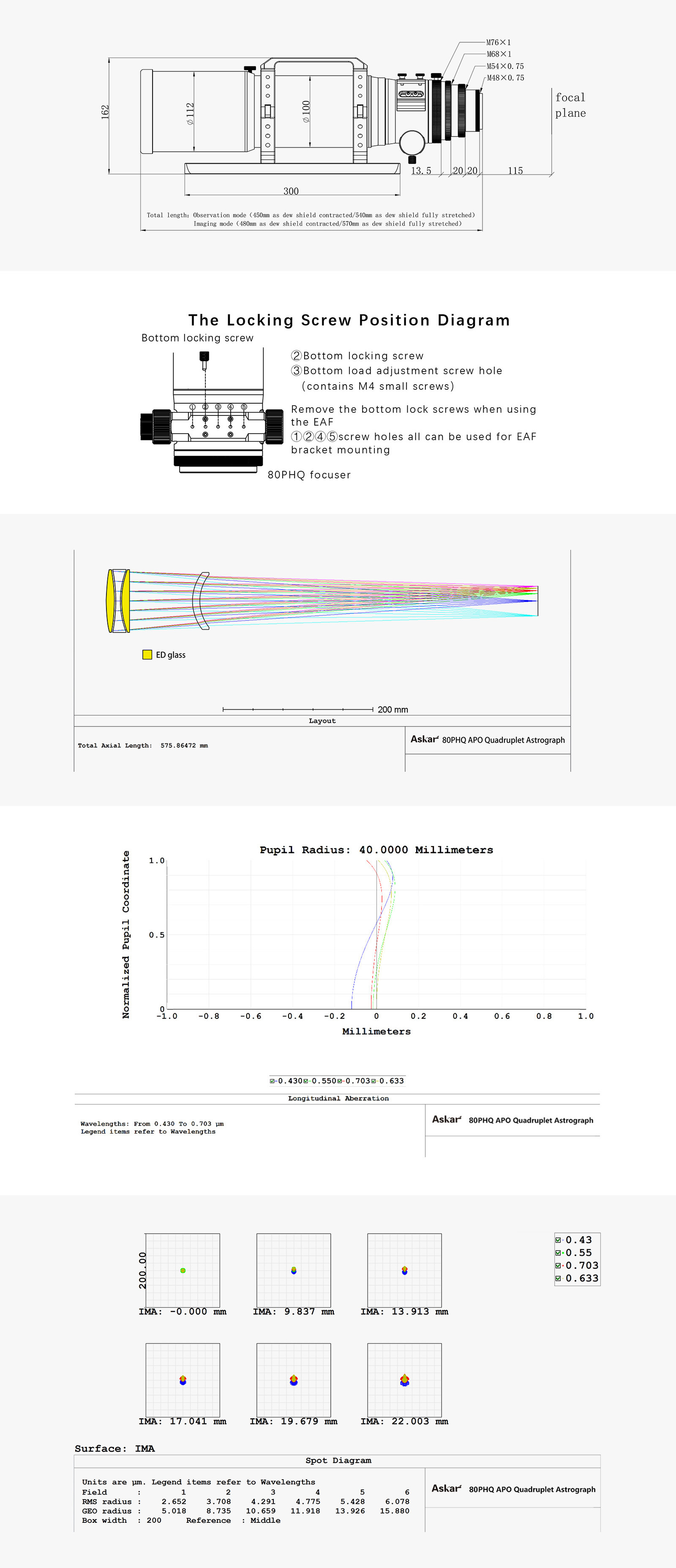
Additional Articles, Videos, and Links
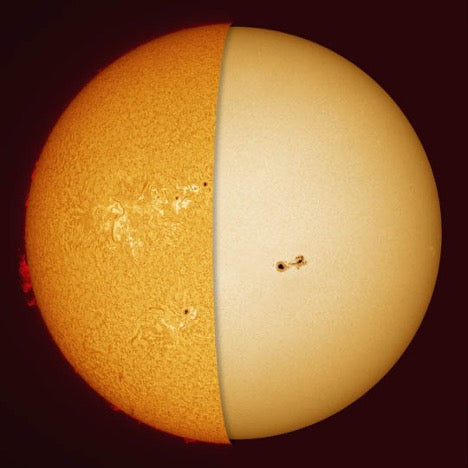
Go Ahead, Look at the Sun (With the Right Equipment)
Solar observation and solar photography are a lot of fun with the right equipment, and this is a great time to start. Every 11 years the Sun’s magnetic field completely flips. That means that the...
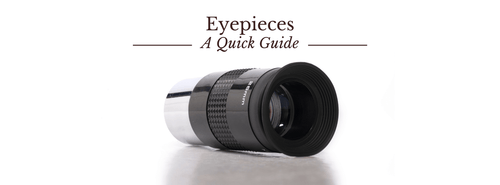
How to Pick the Best Telescope Eyepieces
Finding the right new telescope eyepiece can be a game changer. This post will help you to pick the best telescope eyepiece for your needs.





